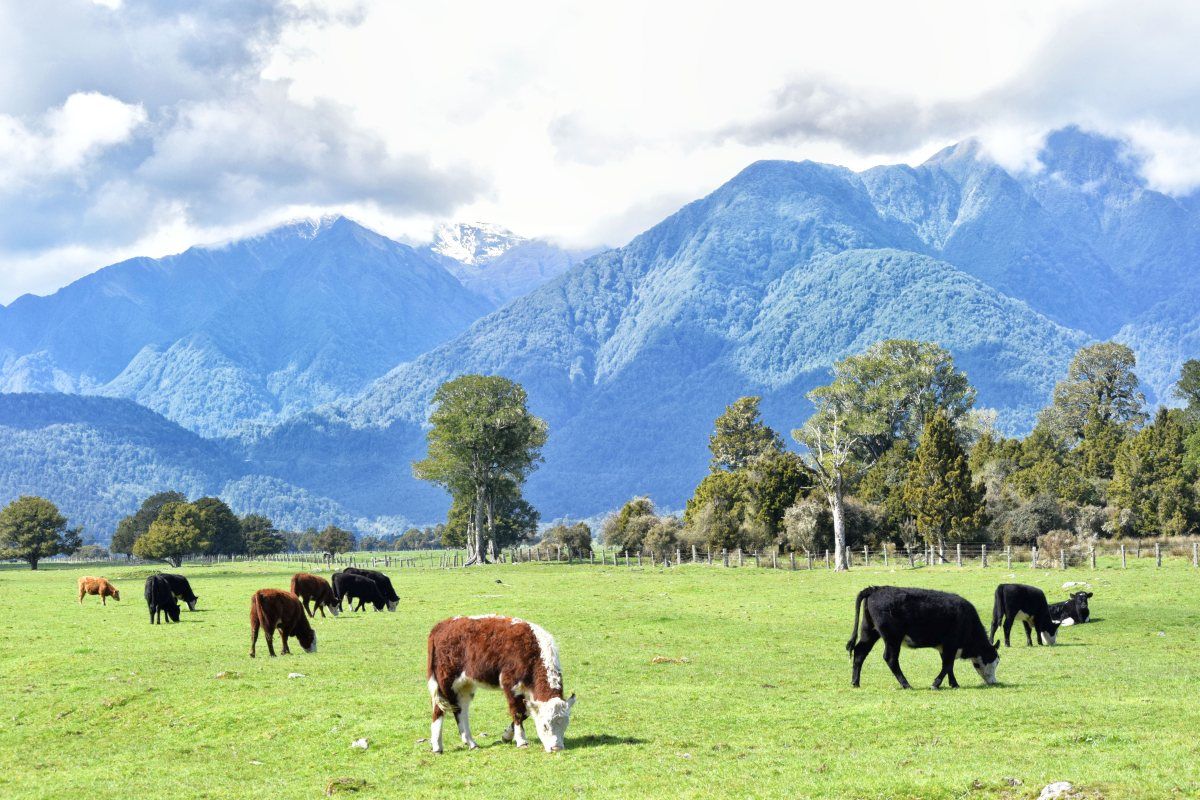This provides us a great opportunity to reset how we look at farming and the environment. One where, instead of Overseer, which uses hidden N and P models to brush over the alarming effects on nutrient runoff and leaching that can result from individual applications of excess granular urea and water-soluble phosphate, we grab this chance to use soil testing in a vastly more environmentally-protective way.
For example, instead of just testing the 0-7.5cm topsoil (on pastures) or 0-15cm depth under crops, we put at least equal emphasis on the nitrate and soluble P levels in the near surface soil water (0-2cm). This shallow soil water can easily contain 10 times more nitrate and soluble P than deeper soil, and is far, far more likely to be lost in run-off events.
Demonstrating these facts are the key to changing attitudes to the risks involved in application of excess N and soluble P. Once farmers understand this, more environmentally friendly fertiliser strategies, eg more frequent small applications, the use of more efficient sources of N, and sustained-release phosphate sources will become the norm. The beneficial effects on water-quality will start to be observed in the first year or two.
Given Overseer’s ownership, and resulting totally skewed thinking attitude to the environmentally-wise use of fertiliser nutrients, it is very difficult to see how Overseer Ltd and its staff, and AgResearch as the science provider for that matter, can have any role in the development of a new, environmentally-protective approach. I think it needs to be headed by NIWA and Plant and Food, personally.
Replacing Overseer – A New Beginning
A new name is needed for starters; something that captures the change in emphasis away from maximising production to optimising production within the limits of REALLY protecting Kiwi waterways and reducing greenhouse gas emissions, not just pretending to. Something that recognises that it is about preventing the occurence of excess nitrate-N and soluble P in soils in the first place, rather than an endless array of so-called ‘mitigations’, most of which are in the expensive ‘ambulance at the bottom of the cliff’ category.
How about ‘Envirocap’? It has the environment reference, has N and P in it, and a reference to putting a ‘cap’ on nutrients. Not necessarily in a simplistic setting of N and P inputs, as with the current 190 kg N/ha cap, but rather setting limits on average nitrate and soluble P in the top 2 cm of soil.
Nutrients in near-surface soil are by far the most prone to run-off, and under Overseer’s fertiliser, feed inputs and stocking rate ‘guidance’, are often 10 times or more higher than in deeper soil. They can also be used to estimate maximum nutrient losses in leaching on free-draining soils.
Soil chemists and agronomists, working with water-quality experts and hydrologists can create accurate models to calculate nutrient losses from different soils and slopes under a wide range of real-time climatic conditions and rainfall events, which utilise real-time soil-water concentrations of nitrate-N and soluble P. But these 0-2cm soil N and P levels must be kept under meaningful guideline caps in the first place. Lack of any attempt to control these levels in the past is the fundamental cause of all our water-quality problems.
Part 2 will look at the role of weaknesses of some existing mitigation strategies for nutrients and bacteria, and discuss the failure of research bodies to independently and open-mindedly assess the advantages of changing to more efficient forms of N and P.
Please comment or give the thumbs-up or down so I know if I’m on the right track.

